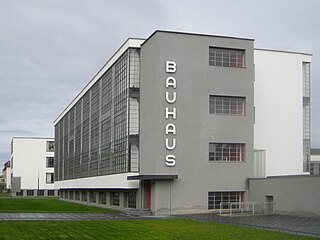
Weimar culture was the emergence of the arts and sciences that happened in Germany during the Weimar Republic, the latter during that part of the interwar period between Germany's defeat in World War I in 1918 and Hitler's rise to power in 1933. 1920s Berlin was at the hectic center of the Weimar culture. Although not part of the Weimar Republic, some authors also include the German-speaking Austria, and particularly Vienna, as part of Weimar culture.
Carl Wilhelm, was a prolific German film director, film producer and screenwriter of the silent film era, at the end of which his career apparently entirely faded away and he vanished into obscurity.

Joe May was an Austrian film director and film producer and one of the pioneers of German cinema.

Werner Johannes Krauss was a German stage and film actor. Krauss dominated the German stage of the early 20th century. However, his participation in the antisemitic propaganda film Jud Süß and his collaboration with the Nazis made him a controversial figure.

Paul Leni was a German filmmaker and a key figure in German Expressionism, making Hintertreppe (1921) and Waxworks (1924) in Germany, and The Cat and the Canary (1927), The Chinese Parrot (1927), The Man Who Laughs (1928), and The Last Warning (1928) in the United States.

Erich Pommer was a German-born film producer and executive. Pommer was perhaps the most powerful person in the German and European film industries in the 1920s and early 1930s.

Siegfried Jacobsohn was a German writer and influential theatre critic.

Arthur Kronfeld was a German psychiatrist of Jewish origin, and eventually a professor at the University of Berlin. His sister Maria Dronke found fame as an actor in New Zealand. Later in life, Kronfeld took up an important position in Moscow. On 10 October 1936, an exchange between Kronfeld and fellow exiled German-Jewish psychiatrist, James Lewin, was recorded in the proceedings of a meeting of the Moscow Society of Neuropathology and Psychiatry.
Joseph Delmont was an Austrian film director of some 200 films, largely shorts, in which he was noted for his innovative use of beasts of prey. He was also a cameraman, actor and screenplay writer. During later life he was active as an author.

Heinrich August Trinowitz (born 20 May 1879 in Fichthorst; died 10 January 1929 in Königsberg was a notable German unionist and social democratic politician.

Julius Urgiß was a German-Jewish screenwriter, musician, and film critic.
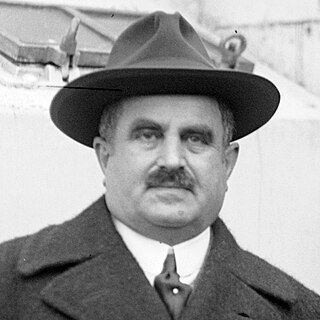
Paul Davidson was a German film producer.

Max Glass was an Austrian screenwriter, film director, and producer.
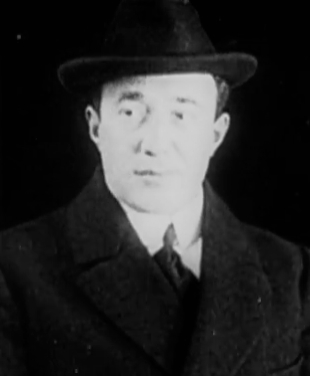
Rudolf Meinert was an Austrian screenwriter, film producer and director.
Jules Greenbaum was a German pioneering film producer. He founded the production companies Deutsche Bioscope, Deutsche Vitascope and Greenbaum-Film and was a dominant figure in German cinema in the years before the First World War. He is also known for his early experiments with sound films around twenty years before the success of The Jazz Singer made them a more established feature of cinema.
Manfred Noa was a German film director. Noa was described by Vilma Bánky, who he directed twice, as her "favourite director". Noa's 1924 film Helena has been called his "masterpiece" although it was so expensive that it seriously damaged the finances of Bavaria Film.
Schlesische Arbeiter-Zeitung was a left-wing German language newspaper published from Breslau, Province of Lower Silesia, Weimar Germany between 1919 and 1933.
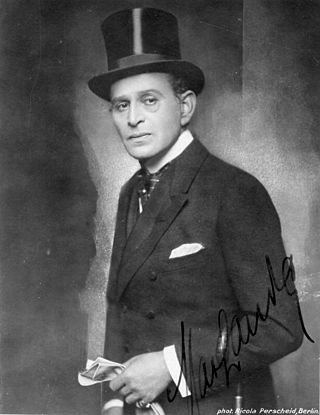
Max Landa was a Russian Empire-born Austrian silent film and stage actor.
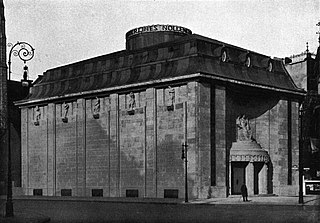
The Ufa-Pavillon am Nollendorfplatz was a cinema located at 4 Nollendorfplatz, Schöneberg, Berlin. Built in 1912–13 and designed and decorated by leading artistic practitioners of the day, it was the German capital's first purpose-built, free-standing cinema Described as "historically, [...] the most important cinema in Berlin", it incorporated a number of technical innovations such as an opening roof and a daylight projection screen, and opened as the Nollendorf-Theater in March 1913.
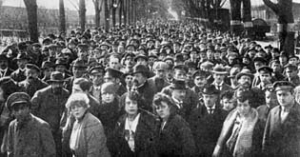
Humanity Unleashed is a 1920 German silent drama film directed by Joseph Delmont and starring Eugen Klöpfer, Paul Hartmann and Carl de Vogt. The film portrays a violent leftist attempt to seize power. However, its location shooting in the streets of Berlin coincided with the rightist Kapp Putsch.















